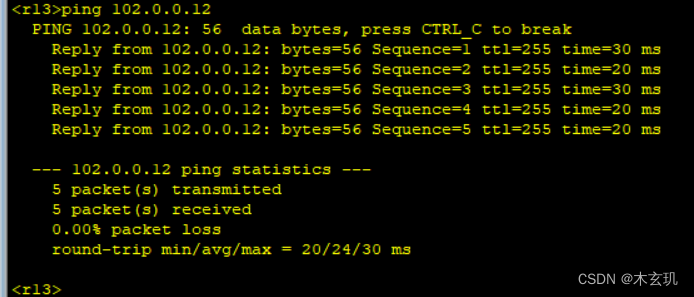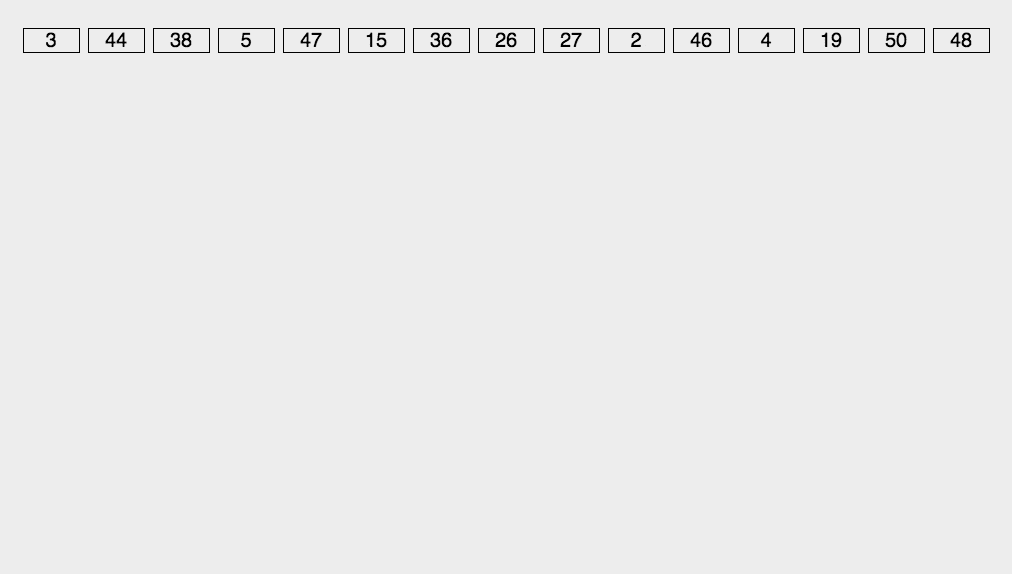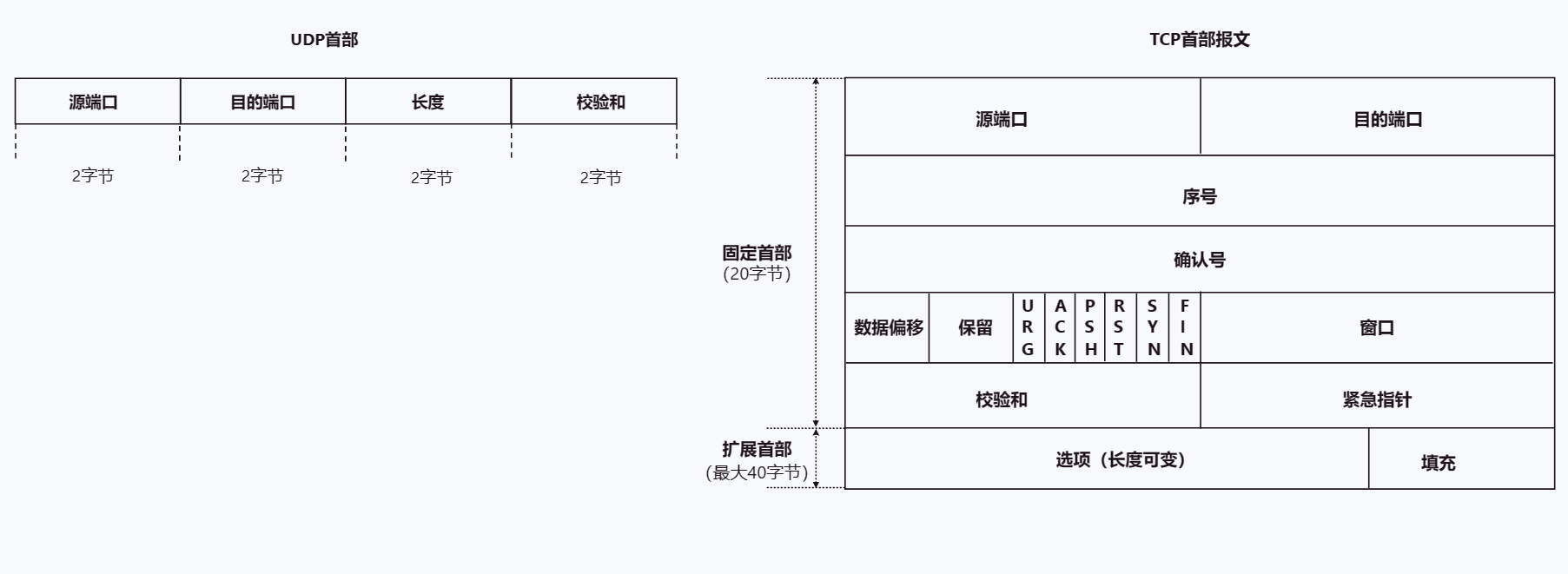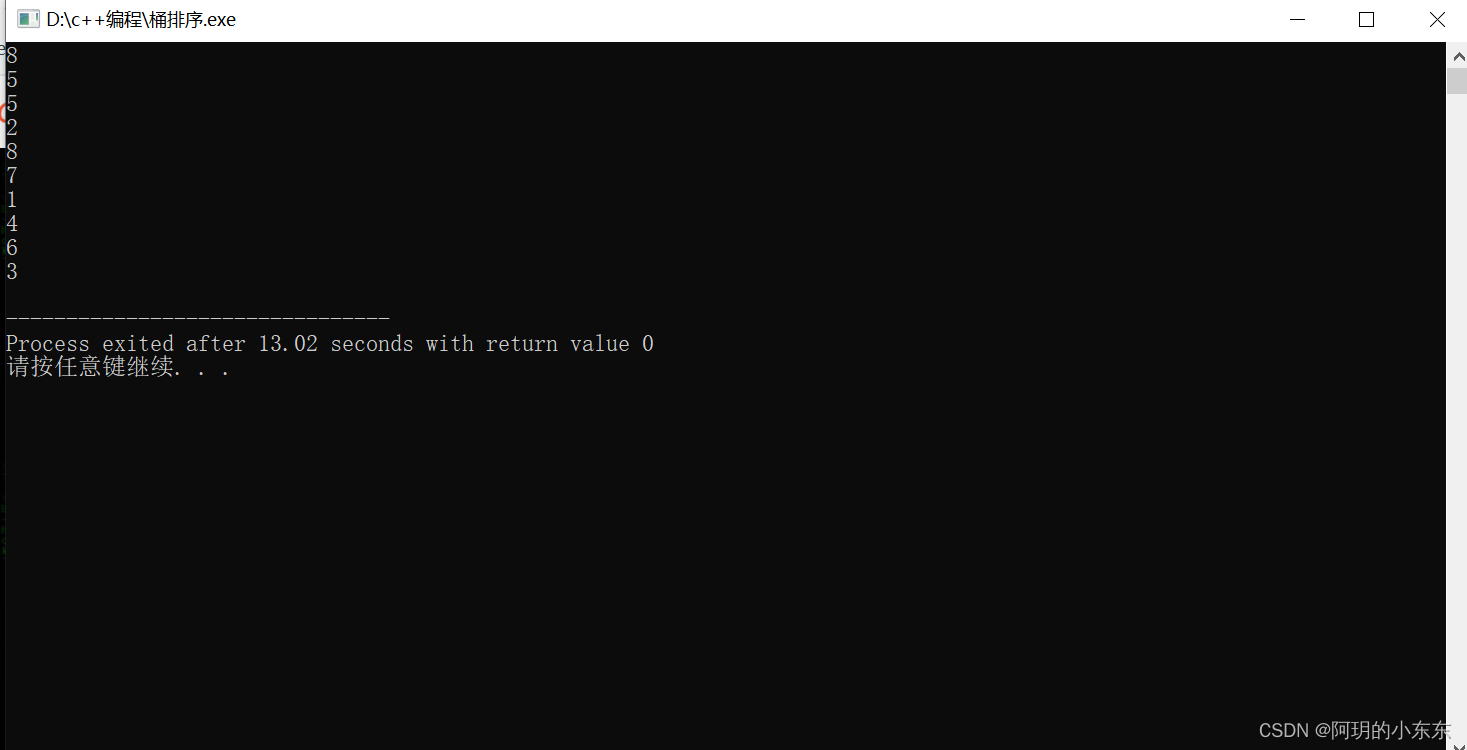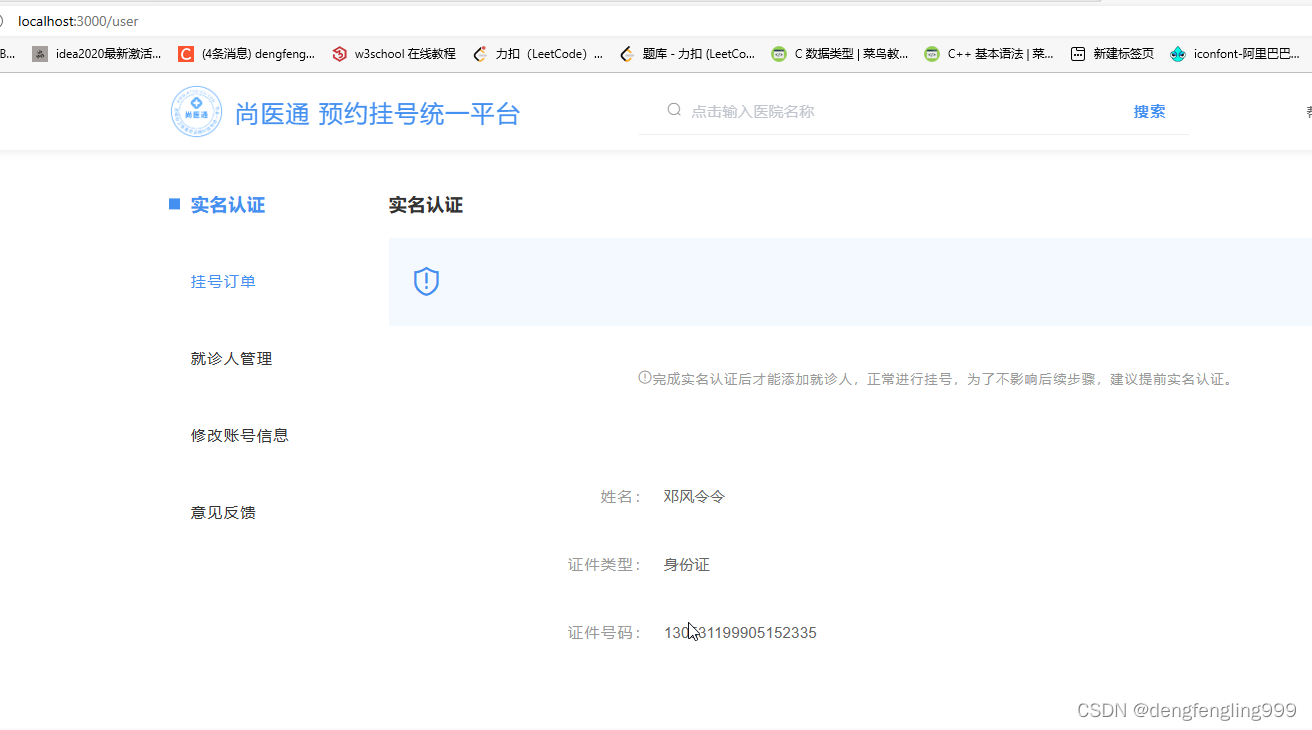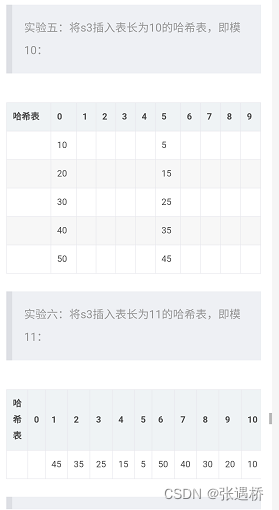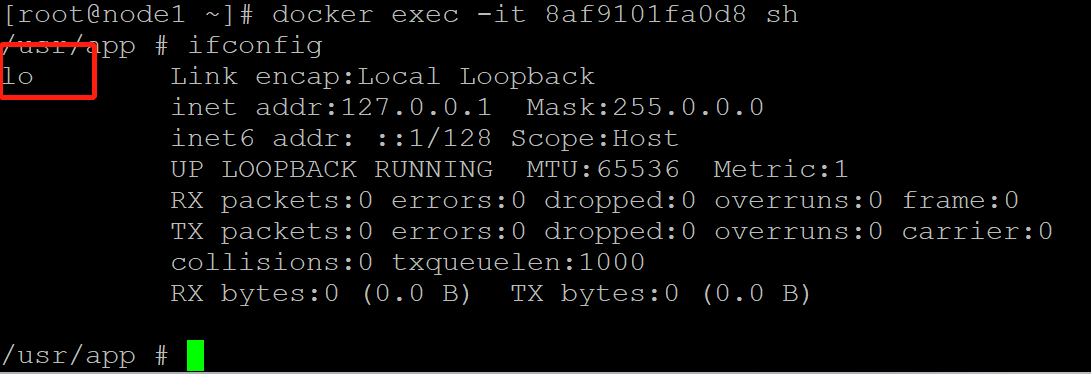Tensor
含义
张量(Tensor):是一个多维数组,它是标量、向量、矩阵的高维拓展。
创建
非随机创建
1.用数组创建
将数组转化为tensor
np.ones([a,b]) 全为1
#首先导入PyTorch
import torch
#数组创建
import numpy as np
a=np.array([2,3.3])#维度为一的矩阵
torch.from_numpy(a)#转化为tensor
#out:tensor([2.0000, 3.3000], dtype=torch.float64)
a=np.ones([2,3])#2行3列全为1
torch.from_numpy(a)
'''out
tensor([[1., 1., 1.],
[1., 1., 1.]], dtype=torch.float64)
'''
torch.zeros([a,b]) 全为0
torch.eye([a,b]) 对角线上全为1
torch.ones([a,b]) 全为1
torch.zeros(3,3)
'''
tensor([[0., 0., 0.],
[0., 0., 0.],
[0., 0., 0.]])
'''
torch.eye(3,3)#不适用于3维以上
'''
tensor([[1., 0., 0.],
[0., 1., 0.],
[0., 0., 1.]])
'''
torch.ones(3,3)
'''
tensor([[1., 1., 1.],
[1., 1., 1.],
[1., 1., 1.]])
'''
2.给定数字直接创建
#直接用用给定的数字创建tensor
torch.tensor([2.,3.2])#list,小写tensor接受的是现有的数据
#out:tensor([2.0000, 3.2000])
3.创建空的tensor
#创建一个空的tensor,数字随机
torch.empty(1)#未初始化的维度1的数据
#out:tensor([-1.8860e+26])
#Torch.FloatTensor(d1, d2, d3)
torch.Tensor(2,3)#创建一个2行3列的数,默认float类
'''out:
tensor([[2.5353e+30, 2.8026e-44, 8.0519e-42],
[9.4081e-39, 7.8194e-25, 2.5353e+30]])'''
torch.IntTensor(2,3)#创建2行3列的整数
#注意会出现数据非常大或者非常小的情况,要记得覆盖数据
'''out
tensor([[1912602624, 20, 5746],
[ 6713856, 393347072, 1912602624]], dtype=torch.int32)
'''
4.如何更改默认类型
torch.set_default_tensor_type(torch.DoubleTensor)#设置默认类型为double
随机初始化
1.产生0-1之间
采用rand随即产生0-1之间的数字填充在创建的张量中
a=torch.rand(3,3)#随机2行3列数据,01之间
'''
tensor([[0.5724, 0.5070, 0.7747],
[0.0624, 0.9298, 0.5318],
[0.8444, 0.1081, 0.1214]])
'''
torch.rand_like(a)#_like代表的就是tensor函数,随机生成一个像a一样的3行3列的数
'''
tensor([[0.1703, 0.8234, 0.6707],
[0.2379, 0.7012, 0.6451],
[0.6607, 0.2193, 0.7388]])
'''
2.自定义区间
randiant自定义区间
torch.randint(1,10,[3,3])#自定义区间,最大值不包含在区间内
#区间1-10,数据是3*3的矩阵
3.自定义均值和方差
#自定义均值和方差
torch.normal(mean=torch.full([10],0.),std=torch.arange(1,0.,-0.1))
#torch.full([10],0.)生成度为10,均值为0
#std=torch.arange(1,0.,-0.1),方差在慢慢减少
4.重复数
tensor中的数字一样
#生成2行3列全是7
torch.full([2,3],7)
arange/range
#生成0-9数
torch.arange(0,10)
#tensor([0, 1, 2, 3, 4, 5, 6, 7, 8, 9])
#range在torch中不建议使用
torch.range(0,10)
linspace/logspace等分¶
#边包含[0,10],等分切steps个数字
torch.linspace(0,10,steps=4)
#tensor([ 0.0000, 3.3333, 6.6667, 10.0000])
#返回logx
torch.logspace(0,-1,steps=10)
#tensor([1.0000, 0.7743, 0.5995, 0.4642, 0.3594, 0.2783, 0.2154, 0.1668, 0.1292,0.1000])
randperm
torch.randperm(10)#0-9之间随机生成,随即打散
#tensor([2, 6, 4, 9, 1, 3, 7, 0, 8, 5])
#掉换行
a=torch.rand(3,3)
b=torch.rand(3,2)
idx=torch.randperm(3)
a,b,idx
'''
(tensor([[0.5896, 0.2464, 0.6245],
[0.0282, 0.2187, 0.4708],
[0.8680, 0.9148, 0.7411]]),
tensor([[0.7101, 0.0145],
[0.3003, 0.3720],
[0.4903, 0.2437]]))
tensor([0, 2, 1])'''
idx=torch.randperm(3)
idx
#tensor([2, 1, 0])
a[idx]#给a做索引,相反
b[idx]#idx保持一致,随机打散的种子
'''
tensor([[0.8680, 0.9148, 0.7411],
[0.0282, 0.2187, 0.4708],
[0.5896, 0.2464, 0.6245]])
tensor([[0.4903, 0.2437],
[0.3003, 0.3720],
[0.7101, 0.0145]])'''
索引与切片
#创建一个tensor
a=torch.rand(4,3,28,28)
#可以将其理解为4张图片3个维度(RGB)图片大小为28x28
a[0].shape#取第0张图片
#out:torch.Size([3, 28, 28])
a[0,0].shape#第0张图片的第0个通道的size
#out:torch.Size([28, 28])
a[0,0,2,4]
#含义:第0张图片的第0个通道的第2行4列的那个像素点
#是标量
#out:tensor(0.2814)
#取前2张图
a[:2].shape
#前2张图片的第1个通道的shape
a[:2,:1,:,:].shape
#取前2张图片
a[:2,1:,:,:].shape
a[:2,-1:,:,:].shape#-1反方向开始
# 3 2 1
#-1 -2 -3
a[:,:,0:28:2,0:28:2].shape
#隔行采样,区间:0-28,间隔:2
a[:,:,::3,::3].shape
#取全部,隔行采样
按索引取
a=torch.rand(4,3,28,28)
#先选维度,再选范围
#(第一维度,第几张[0-2张])
#torch.index_select(a, 0, torch.tensor([0, 2]))
a.index_select(0,torch.tensor([0,2])).shape
a[...].shape#取所有
a[0,...].shape#取第一张图片所有的通道和大小
a[:,1,...].shape#取所有图片第一个通道的大小
a[...,:2].shape#取所有图片所有通道的0-2像素大小位置
掩码,masked_select
判断tensor中的值是否符合制定大小返回bool值
#随机创建一个tensor值
x=torch.randn(3,4)
'''tensor([[ 0.6212, 0.6210, -0.7202, 3.2044],
[ 0.5992, -0.4278, 1.6079, 2.0227],
[ 1.2778, 0.8451, -0.6770, -0.6830]])
''''
mask=x.ge(0.5)#>=0.5的元素判断
mask
'''out:
tensor([[ True, True, False, True],
[ True, False, True, True],
[ True, True, False, False]])'''
torch.masked_select(x,mask)#选择出>=0.5的数
#out:tensor([0.6212, 0.6210, 3.2044, 0.5992, 1.6079, 2.0227, 1.2778, 0.8451])
除使用上述方法还可以直接得到
x[x>0.5]
#out:tensor([0.6212, 0.6210, 3.2044, 0.5992, 1.6079, 2.0227, 1.2778, 0.8451])
take
返回一个新的张量,其中的元素是输入元素在给定的索引处,将输入张量视为视为一维张量。
#返回一个新的张量,其中的元素是输入元素在给定的索引处,将输入张量视为视为一维张量。
torch.take(src,torch.tensor([0,2,5]))
Broadcasting
自动扩展,先在大维度上扩张,[B,C,H,W]维度大–>小,然后在维度长度为1的地方扩张。
在下图中,在图中③的情况中,A[3,1]先在小维度上1扩张成3横着扩张,B[1,3]在大维度上扩张1变成3竖着扩张所以broadcast相当于是unsqueeze和expand的结合,先在维度上扩张然后在某维度的尺寸上扩张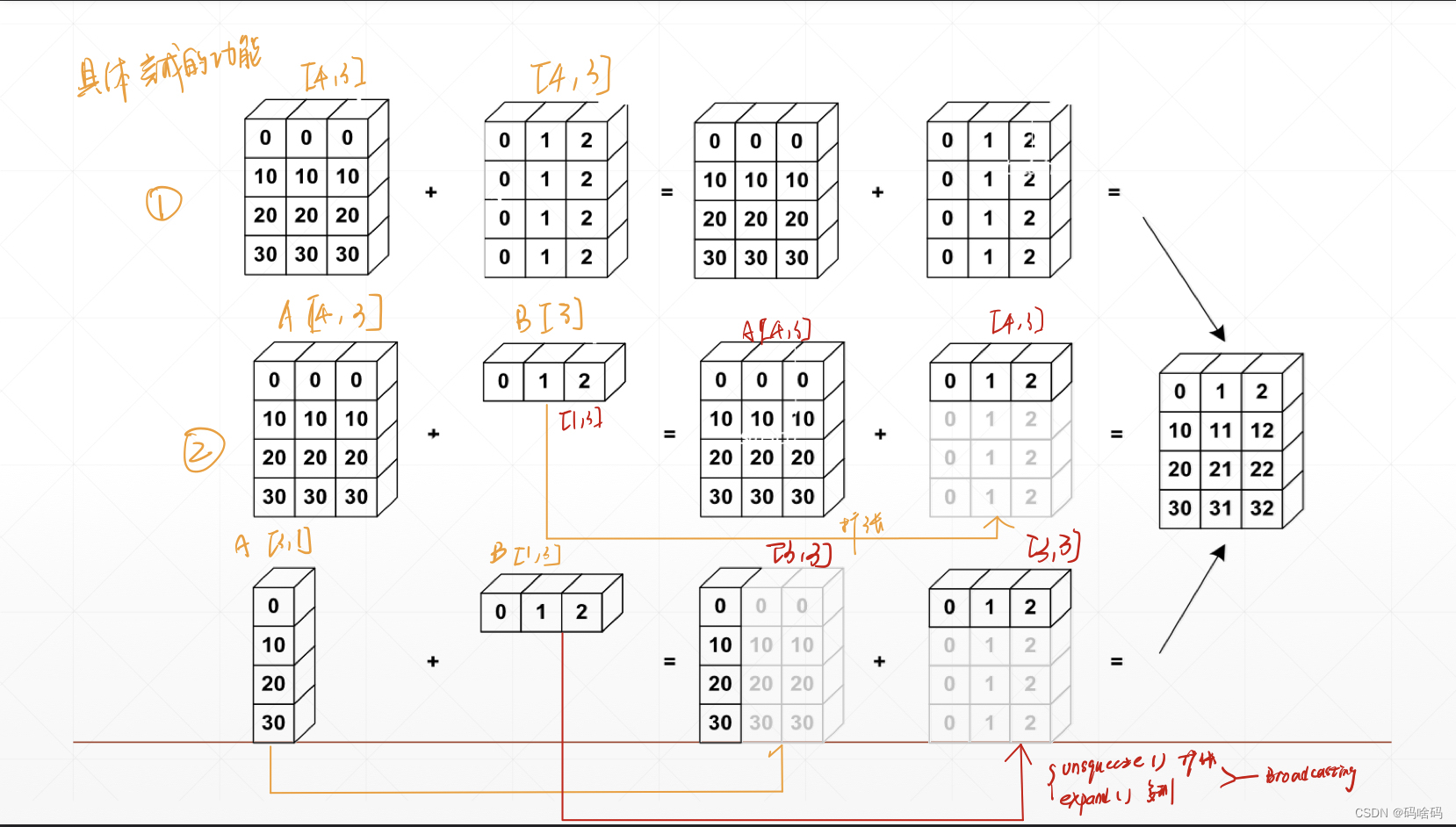
为什么需要broadcasting
1满足实际需求: 因为希望某个向量可以和某个标量直接相加,省去自己写多个unsqueeze和expand接口的麻烦。
2节省内存计算:如果使用repeat不使用expand接口会将标量[1]扩展成[4,32,8]4328=1024这样扩大内存,broadcasting可以节约内存。
什么时候可以用broadicasting
假设[class,student,score],[4,32,8]4个班级32个学生8门课,每门成绩加5分即一个标量[1],即实现A和B两个不同维度向量的相加,用broadcasting
#可以使用Broadcasting的情况
A:[4,32,14,14]
B:[1,32,1,1] => [4,32,14,14]
-----------------------------------------------------
A:[4,32,14,14]
B:[14,14] => [1,1,14,14] => [4,32,14,14]
#不可以使用Broadcasting的情况
A:[4,32,14,14]
B:[2,32,14,14]
#Dim 0 has dim,can NOT insert and expand to same
#Dim 0 has distinct dim,NOT size 1
合并与分割
cat
torch.cat([a,b],dim=0).shape#[a,b]第一个参数是合并list,第二个参数dim=0是在哪个维度上合并
对于拼接的维度可以不同,但是非cat的维度上必须保持一致
a=torch.rand(4,32,8)
b=torch.rand(5,32,8)
torch.cat([a,b],dim=0).shape
#合并第1维,
#dim需要一样
#不合并的维度需要一样
#out:torch.Size([9, 32, 8])
a1=torch.rand(4,3,32,32)
a2=torch.rand(4,1,32,32)
torch.cat([a1,a2],dim=0).shape
#此时会报错,因为第二维度不一致
#改
a1=torch.rand(4,3,32,32)
a2=torch.rand(4,1,32,32)
torch.cat([a1,a2],dim=1).shape
#out:torch.Size([4, 4, 32, 32])
stack
torch.stack() :两个维度必须一致,会创建一个新的维度。
两个向量进行拼接ab都是[32,8] ,表示ab两个班级32个学生的8门成绩用cat就是[64,8],这样丢失了2个班级的信息用stack就是[2,32,8]创建一个新的维度,但是stack就是必须两个tensor完全一样,cat允许在连接的dim上尺寸不一样
a1 = torch.rand(4,3,16,16)
a2 = torch.rand(4,3,16,16)
torch.stack([a1,a2],dim = 2).shape #torch.Size([4, 3, 2, 16, 16])
a = torch.rand(32,8)
b = torch.rand(32,8)
torch.stack([a,b],dim = 0).shape #torch.Size([2, 32, 8])
a = torch.rand(32,8)
b = torch.rand(30,8)
torch.stack([a,b],dim = 0).shape #RuntimeError: stack expects each tensor to be equal size, but got [32, 8] at entry 0 and [30, 8] at entry 1
split
torch.split() :按长度拆分
c = torch.rand(2,32,8)
aa,bb = c.split([1,1],dim = 0)
aa.shape #torch.Size([1, 32, 8])
bb.shape #torch.Size([1, 32, 8])
aa,bb = c.split(1,dim = 0)
aa.shape #torch.Size([1, 32, 8])
bb.shape #torch.Size([1, 32, 8])
c = torch.rand(6,32,8)
aa,bb,cc = c.split([3,2,1],dim = 0)
aa.shape #torch.Size([3, 32, 8])
bb.shape #torch.Size([2, 32, 8])
cc.shape #torch.Size([1, 32, 8])
aa,bb = c.split(3,dim = 0) #3代表拆分后每个tensor的0维长度为3
aa.shape #torch.Size([3, 32, 8])
bb.shape #torch.Size([3, 32, 8])
chunk
torch.chunk() :按数量拆分
c = torch.rand(2,32,8)
aa,bb = c.chunk(2,dim = 0) #2代表拆分后的tensor数量
aa.shape #torch.Size([1, 32, 8])
bb.shape #torch.Size([1, 32, 8])
aa,bb = c.split(2,dim = 0) #ValueError: not enough values to unpack (expected 2, got 1)
数学运算
四则运算
加 减 乘 除
| add | + |
| sub | - |
| mul | * |
| div | / |
a=torch.rand(3,4)
b=torch.rand(4)
a,b
'''
(tensor([[0.2384, 0.5022, 0.7100, 0.0400],
[0.1716, 0.0894, 0.0795, 0.1456],
[0.7635, 0.9423, 0.7649, 0.3379]]),
tensor([0.8526, 0.8296, 0.1845, 0.7922]))'''
#加
torch.add(a,b)
a+b
#减
torch.sub(a,b)
a-b
torch.all(torch.eq(a-b,torch.sub(a,b)))
#True
#乘
a*b
torch.mul(a,b)
#除
a/b
torch.div(a,b)
矩阵相乘
matmul
a=torch.tensor([[3.,3.],[3.,3.]])
b=torch.ones(2,2)
torch.mm(a,b)#数据类型Long
torch.matmul(a,b)
a@b
维度超过2时,mm就不可用了
维度超过2时,用matmul用后两维做相乘
matmul维度要匹配,虽然只用后两个乘
a=torch.rand(4,3,28,64)
b=torch.rand(4,3,64,32)
'''RuntimeError Traceback (most recent call last)
Input In [41], in <cell line: 1>()
----> 1 torch.mm(a,b).shape
RuntimeError: self must be a matrix'''
torch.matmul(a,b).shape
#torch.Size([4, 3, 28, 32])
b=torch.rand(4,64,32)
torch.matmul(a,b).shape#维度要匹配,虽然只用后两个乘
'''
RuntimeError Traceback (most recent call last)
Input In [46], in <cell line: 2>()
1 b=torch.rand(4,64,32)
----> 2 torch.matmul(a,b).shape
RuntimeError: The size of tensor a (3) must match the size of tensor b (4) at non-singleton dimension 1'''
幂运算
指数:pow()
平方根:sqrt()
平方根的倒数:rsqrt()
#pow()
a=torch.full([2,2],3)
a**2
a.pow(2)
aa=a**2
#平方根
aa.sqrt()
aa**0.5#1/2的幂
#立方根
aa.rsqrt()
#aa**(1/3)
对数
a=torch.exp(torch.ones(2,2))#e的次方
torch.log(a)#lna
近似
| torch.floor() | 向下取整 |
| torch.ceil() | 向上取整 |
| torch.trunc() | 拆分后取整数部分 |
| torch.frac() | 拆分后取小数部分 |
| torch.floor() | 向下取整 |
#向上取整
a=torch.tensor(3.14)
a.ceil()#tensor(4.)
#向下取整
a.floor()#(tensor(3.),)
#四舍五入
a.round()#tensor(3.)
#取整数部分
a.trunc()#tensor(3.)
#取小数部分
a.frac()#tensor(0.1400)
裁剪
grad=torch.rand(2,3)*15
grad
'''
tensor([[ 6.9523, 0.3185, 14.4829],
[ 2.2099, 13.3388, 6.6735]])'''
grad.max()#tensor(14.4829)
#取最小
grad.min()#tensor(0.3185)
#取中位数
grad.median()#tensor(6.6735)
#最小值限定为10,<10,都改为10
grad.clamp(10)
'''
tensor([[10.0000, 10.0000, 14.4829],
[10.0000, 13.3388, 10.0000]])
'''
grad.clamp(0,10)#最小值限定0,最大值限定10
'''
tensor([[ 6.9523, 0.3185, 10.0000],
[ 2.2099, 10.0000, 6.6735]])
'''
属性统计
范式norm
1范式:元素相加
A=[a,b]
F
=
∣
a
+
b
∣
F=|a+b|
F=∣a+b∣
a=torch.full([8],1.)
b=a.view(2,4)
c=a.view(2,2,2)
a,b,c
'''
output:
(tensor([1., 1., 1., 1., 1., 1., 1., 1.]),
tensor([[1., 1., 1., 1.],
[1., 1., 1., 1.]]),
tensor([[[1., 1.],
[1., 1.]],
[[1., 1.],
[1., 1.]]]))
'''
a.norm(1),b.norm(1),c.norm(1)#1范式
'''
a=1+1+1+1+1+1+1+1=8
b=(1+1+1+1)+(1+1+1+1)
c=(1+1+1+1)+(1+1+1+1)+(1+1+1+1)+(1+1+1+1)
(tensor(8.), tensor(8.), tensor(8.))
'''
2-范式
A=[a,b]
F
=
a
2
+
b
2
F=\sqrt{a^2+b^2}
F=a2+b2
a.norm(2),b.norm(2),c.norm(2)
'''
(tensor(2.8284), tensor(2.8284), tensor(2.8284))
'''
也可以对固定维度做范式计算
b[2,4],dim=1就是在数字4对应的维度做范式计算
b.norm(1,dim=1)#第1维的第一范数
'''
tensor([4., 4.])
'''
b.norm(2,dim=1)#第1维的第二范数
'''
tensor([2., 2.])
'''
c.norm(1,dim=0)#第0维的第一范数
'''
tensor([[2., 2.],
[2., 2.]])
'''
c.norm(2,dim=0)#第0维的第二范数
'''
tensor([[1.4142, 1.4142],
[1.4142, 1.4142]])
'''
最小,最大,平均值,累乘
a=torch.arange(8).view(2,4).float()
'''
tensor([[0., 1., 2., 3.],
[4., 5., 6., 7.]])
'''
a.min(),a.max(),a.mean(),a.prod()#最小,最大,平均值,累乘
'''
(tensor(0.), tensor(7.), tensor(3.5000), tensor(0.))
'''
a.argmax(),a.argmin()#索引
'''
(tensor(7), tensor(0))
'''
#按第一维分布计算得到对应的数以及位置
a.max(dim=1)
'''
torch.return_types.max(
values=tensor([3., 7.]),
indices=tensor([3, 3]))
'''
a.max(dim=1,keepdim=True)#keepdim保持维度与原来一致
#实际上是输出与原始数据维度一致
'''
torch.return_types.max(
values=tensor([[3.],
[7.]]),
indices=tensor([[3],
[3]]))
'''
a.argmax(dim=1,keepdim=True)#输出对应最大值的位置,输出与原来保持维度一致
'''
tensor([[3],
[3]])
'''
高阶操作
where
torch.where(condition,x,y)
(条件,A矩阵,B矩阵),符合条件从A对应位置选数,不符合就从B对应位置选数
条件选择函数
a=torch.full([2,2],0)
b=torch.full([2,2],1)
a,b
'''
(tensor([[0, 0],
[0, 0]]),
tensor([[1, 1],
[1, 1]]))
'''
#条件
cond=torch.rand(2,2)
cond
'''
tensor([[0.6961, 0.8969],
[0.2795, 0.9759]])
'''
torch.where(cond>0.5,a,b)
#如果cond的值>0.5就选取a对应位置的数,不是就选取b中对应位置的数
'''
tensor([[0, 0],
[1, 0]])
'''
gather
torch.gather(input,dim,index,out=None)-Tensor
input,输入数据
dim,查看维度
index,查看索引
out=None
prob=torch.randn(4,10)
'''
tensor([[ 0.6805, -0.4651, 0.6448, 0.6679, -0.5646, 2.3565, 0.9479, -0.0406,
-0.4645, 1.3624],
[ 0.8647, -0.5109, 0.5100, 0.6534, -0.8373, -1.8661, -0.8300, -0.0230,
-0.2076, 0.6472],
[ 0.9843, 1.0484, 0.1264, -1.2768, 0.7247, 0.9827, 1.1230, 0.9566,
0.4962, -0.9180],
[ 1.3375, 0.7297, -0.8324, 0.5294, -1.7625, 0.7328, 0.9702, -0.0741,
2.6688, 0.1584]])
'''
#得到按第一维排序的top3的数的大小以及位置,输出形式与原来的数一样
idx=prob.topk(dim=1,k=3)
idx
'''
torch.return_types.topk(
values=tensor([[2.3565, 1.3624, 0.9479],
[0.8647, 0.6534, 0.6472],
[1.1230, 1.0484, 0.9843],
[2.6688, 1.3375, 0.9702]]),
indices=tensor([[5, 9, 6],
[0, 3, 9],
[6, 1, 0],
[8, 0, 6]]))
'''
label=torch.arange(10)+100
label
'''
tensor([100, 101, 102, 103, 104, 105, 106, 107, 108, 109])
'''
idx=idx[1]#只得到第二部分即对应数的位置
idx
'''
tensor([[5, 9, 6],
[0, 3, 9],
[6, 1, 0],
[8, 0, 6]])
'''
idx.long()
'''tensor([[5, 9, 6],
[0, 3, 9],
[6, 1, 0],
[8, 0, 6]])
'''
#按idx的下标在label.expand中查找对应的数
torch.gather(label.expand(4,10),dim=1,index=idx.long())
'''
tensor([[105, 109, 106],
[100, 103, 109],
[106, 101, 100],
[108, 100, 106]])
'''




